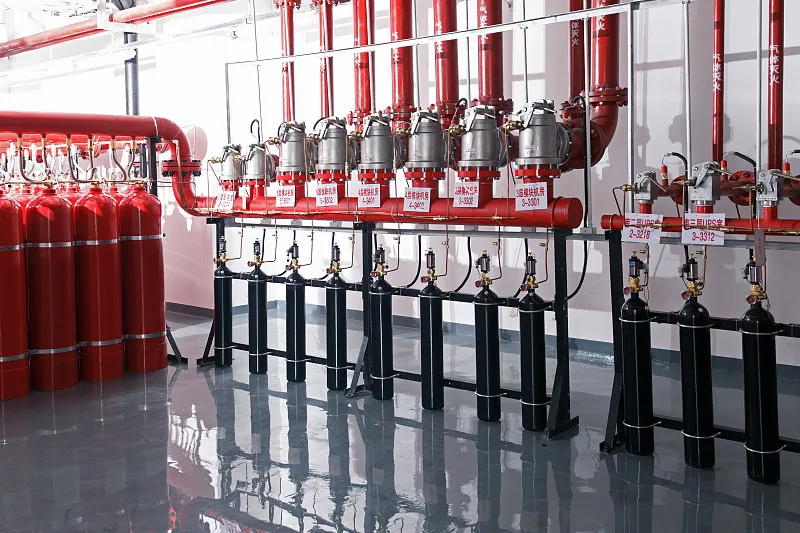heat detector types
Heat detectors are essential safety devices designed to monitor temperature changes in various environments. These devices come in several types, including fixed-temperature, rate-of-rise, and combination detectors. Fixed-temperature detectors activate when the ambient temperature reaches a predetermined threshold, typically between 135°F to 165°F. Rate-of-rise detectors respond to rapid temperature increases, usually triggering when temperatures rise by 12-15°F per minute. Combination detectors incorporate both technologies, offering comprehensive protection. Modern heat detectors utilize advanced thermistor technology for precise temperature measurement and feature sophisticated signal processing algorithms to minimize false alarms. These devices find applications in diverse settings, from industrial facilities and warehouses to commercial kitchens and parking garages, where smoke detectors might be prone to false alarms. They are particularly effective in areas with high ceiling heights or where ambient conditions include dust, humidity, or steam. Heat detectors often integrate with building management systems and can be networked for centralized monitoring, offering real-time temperature data and alarm notifications.











